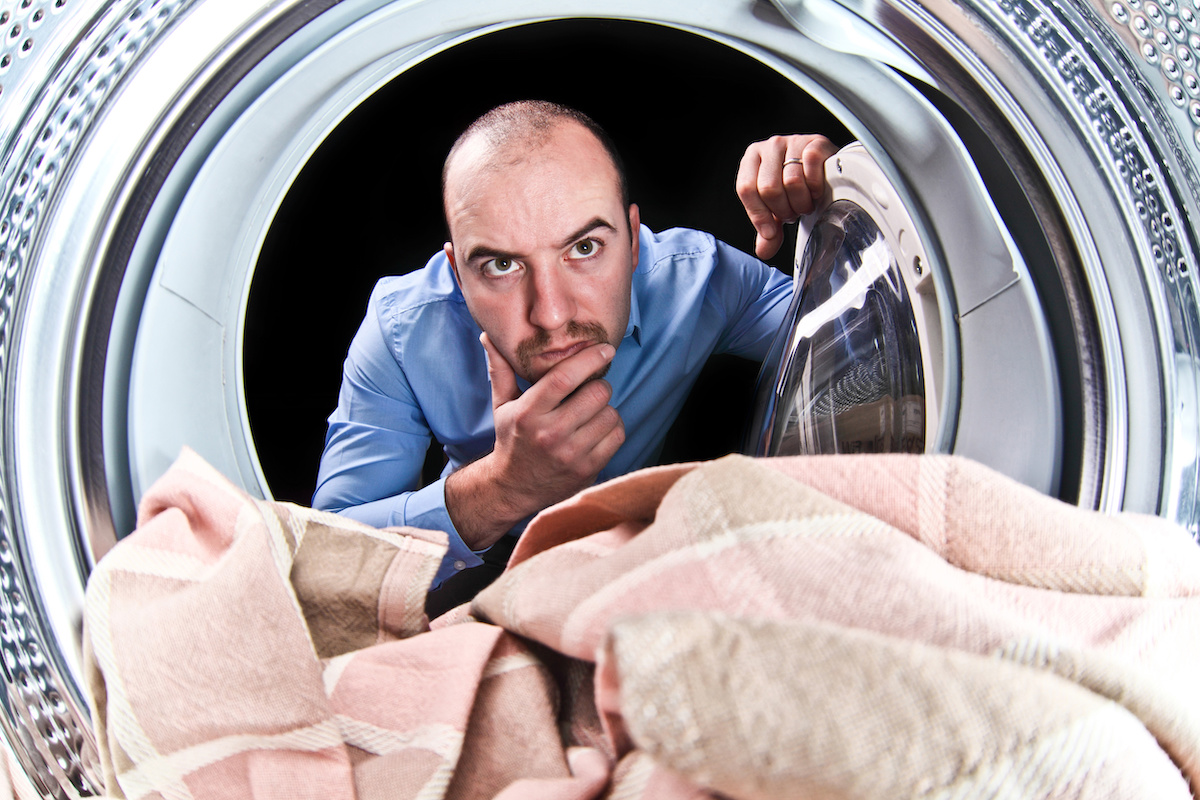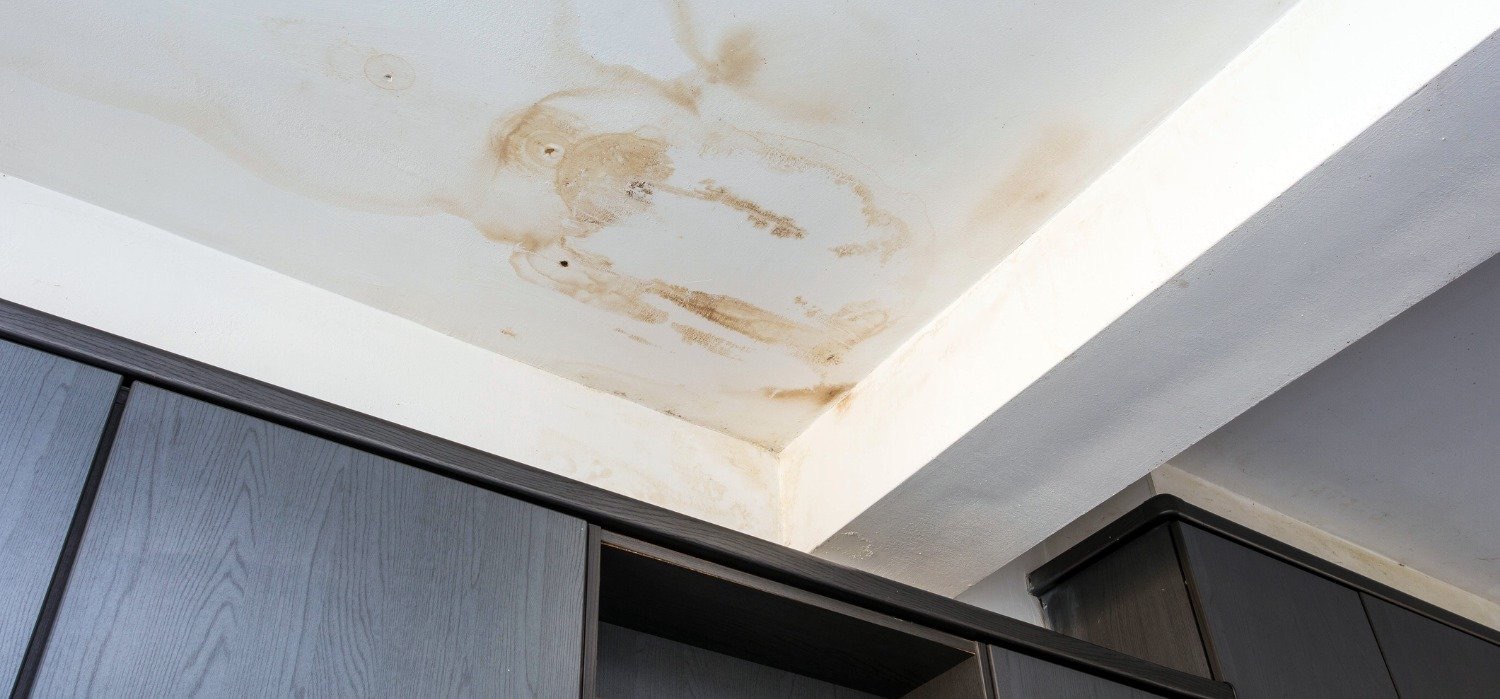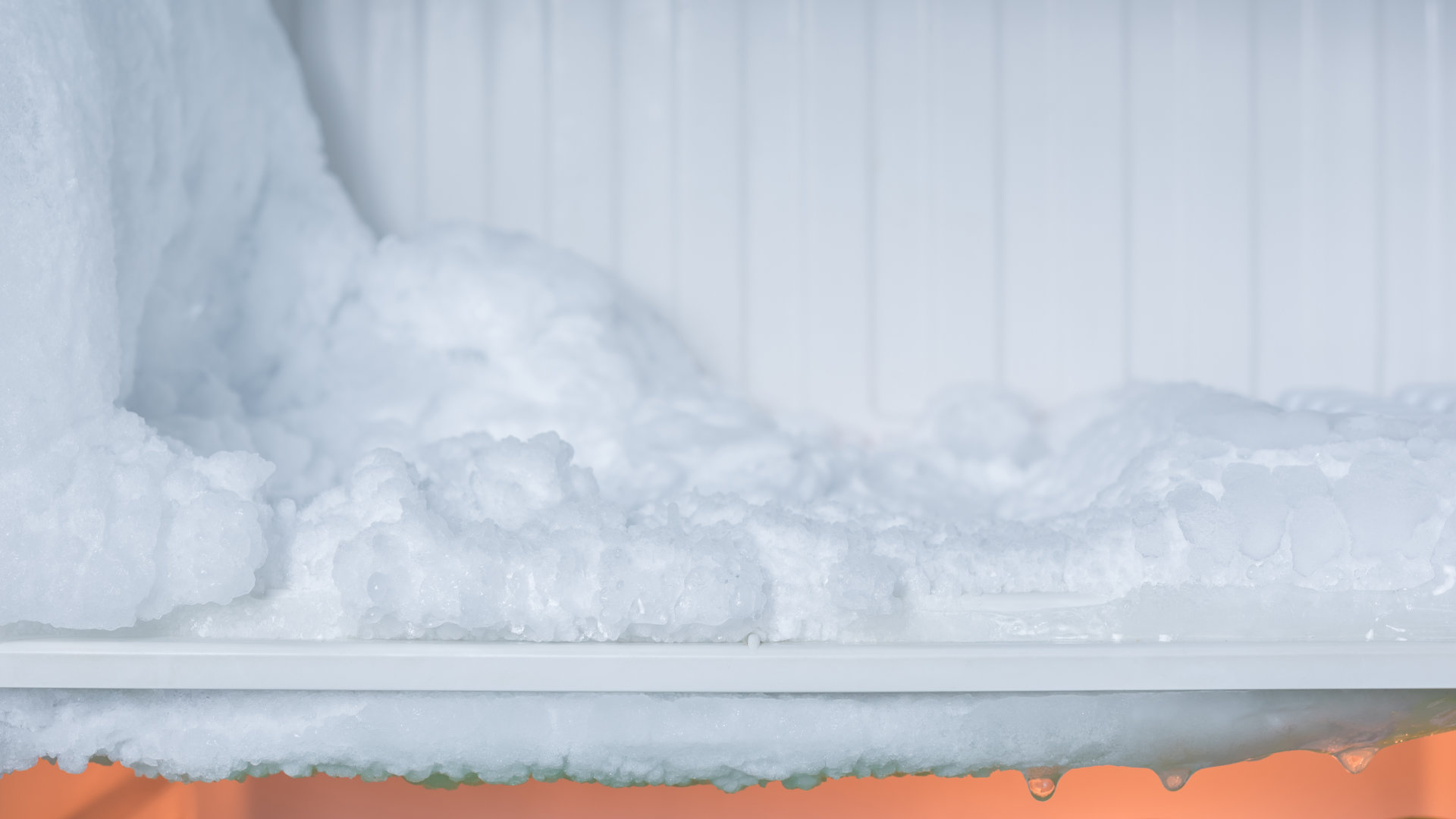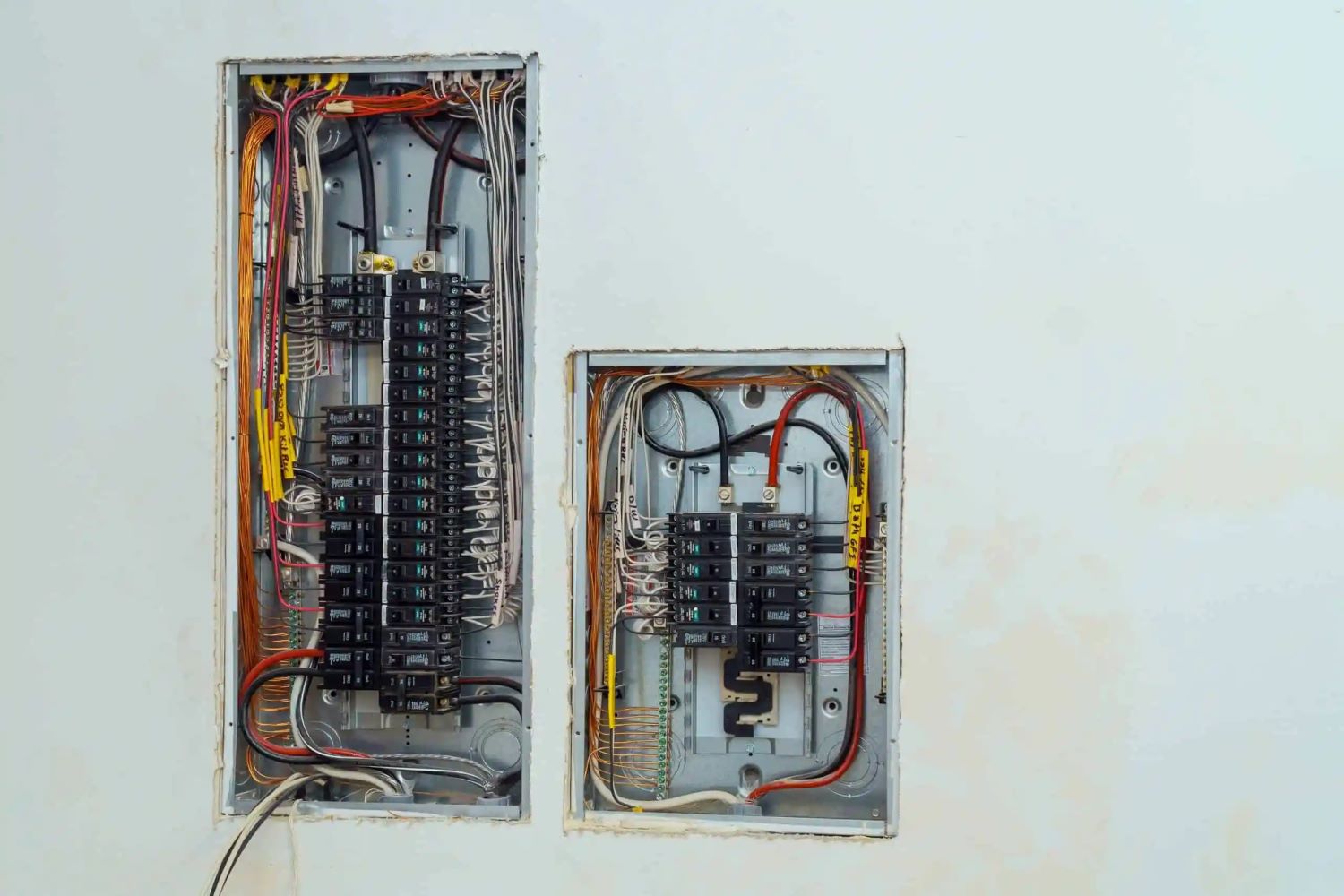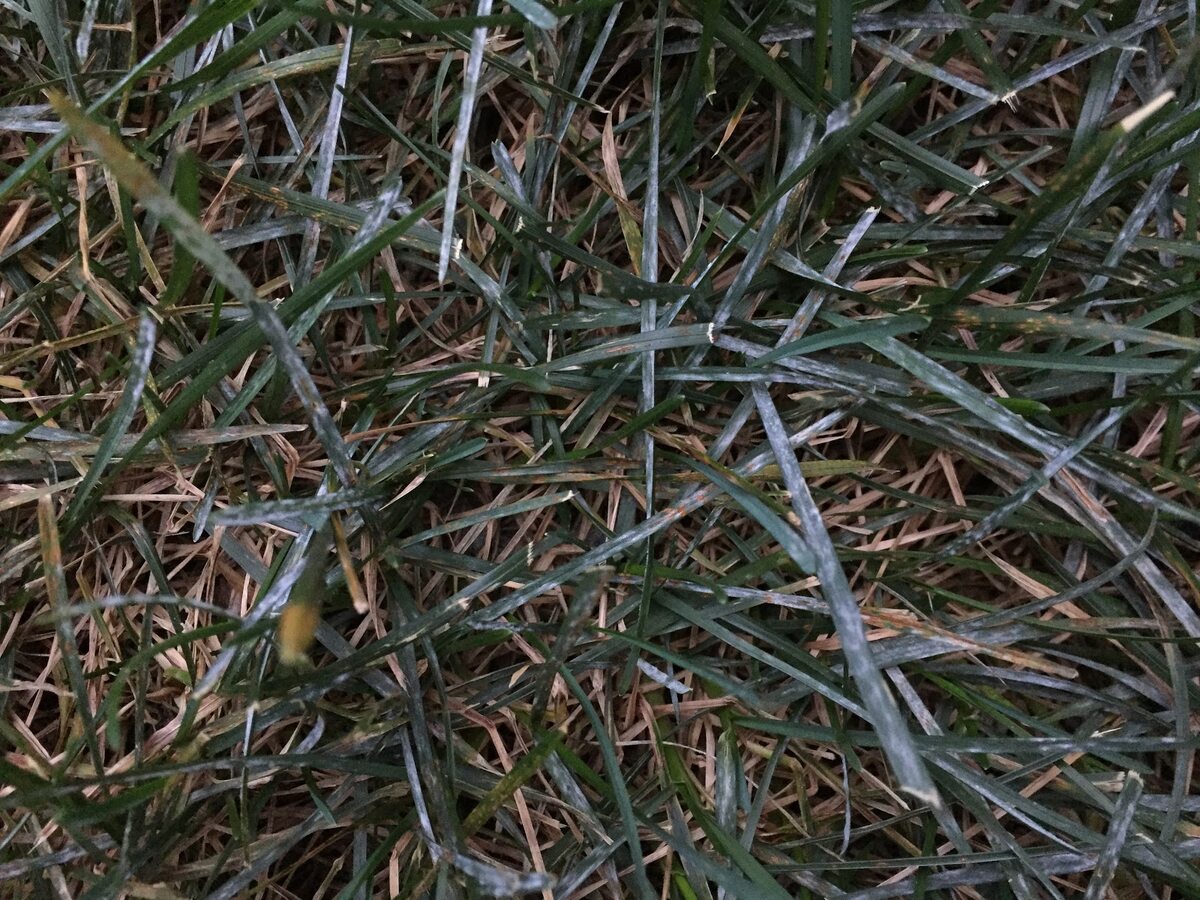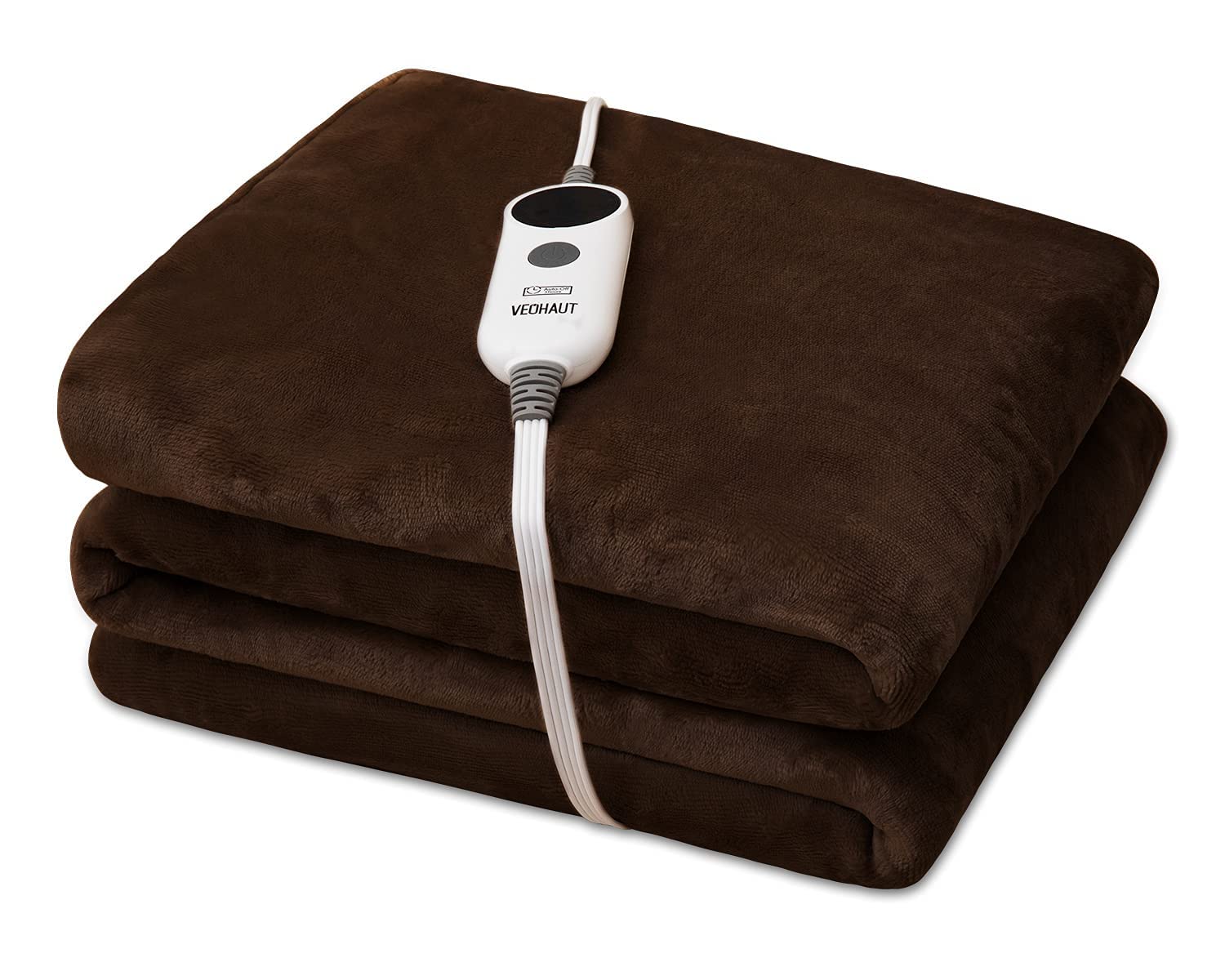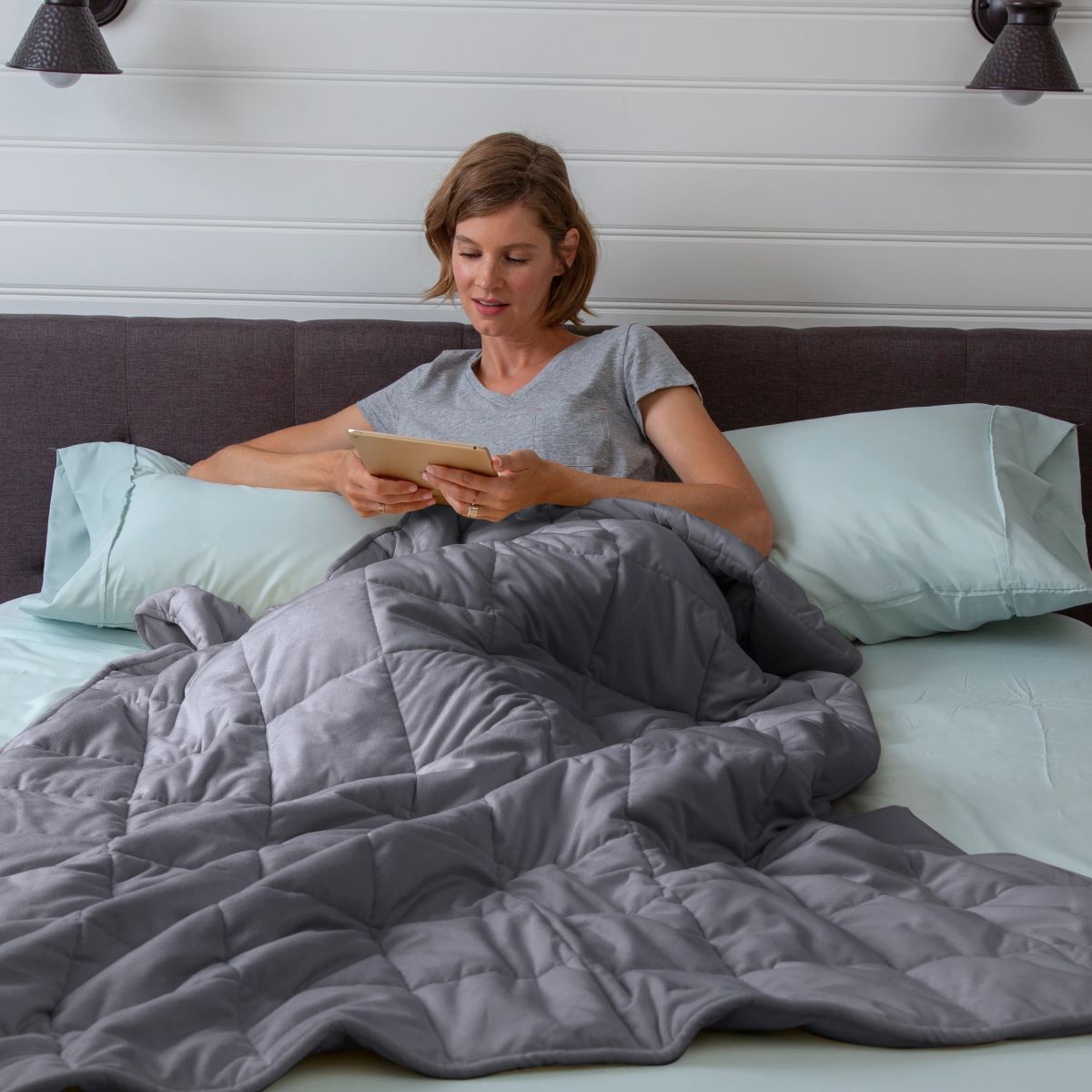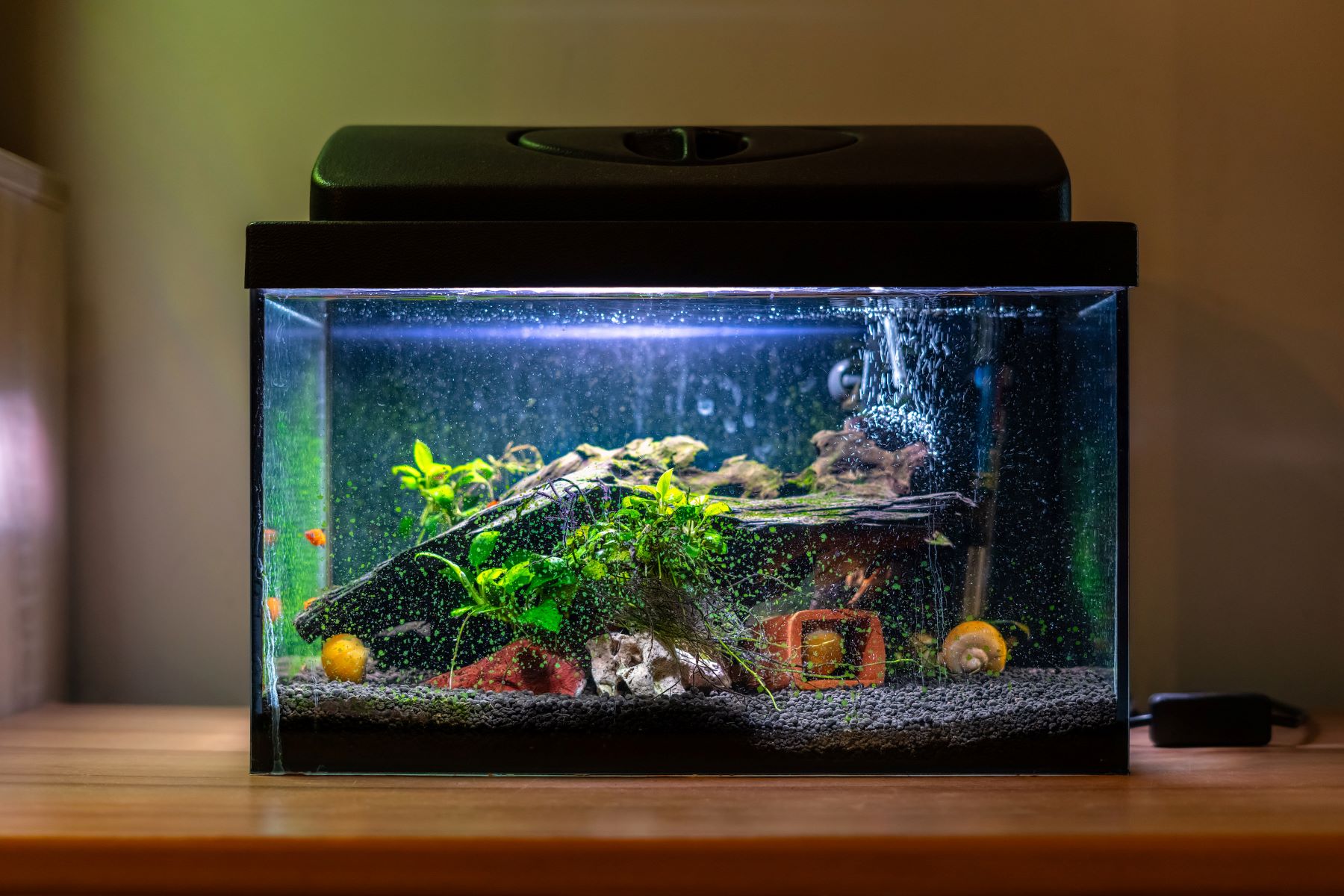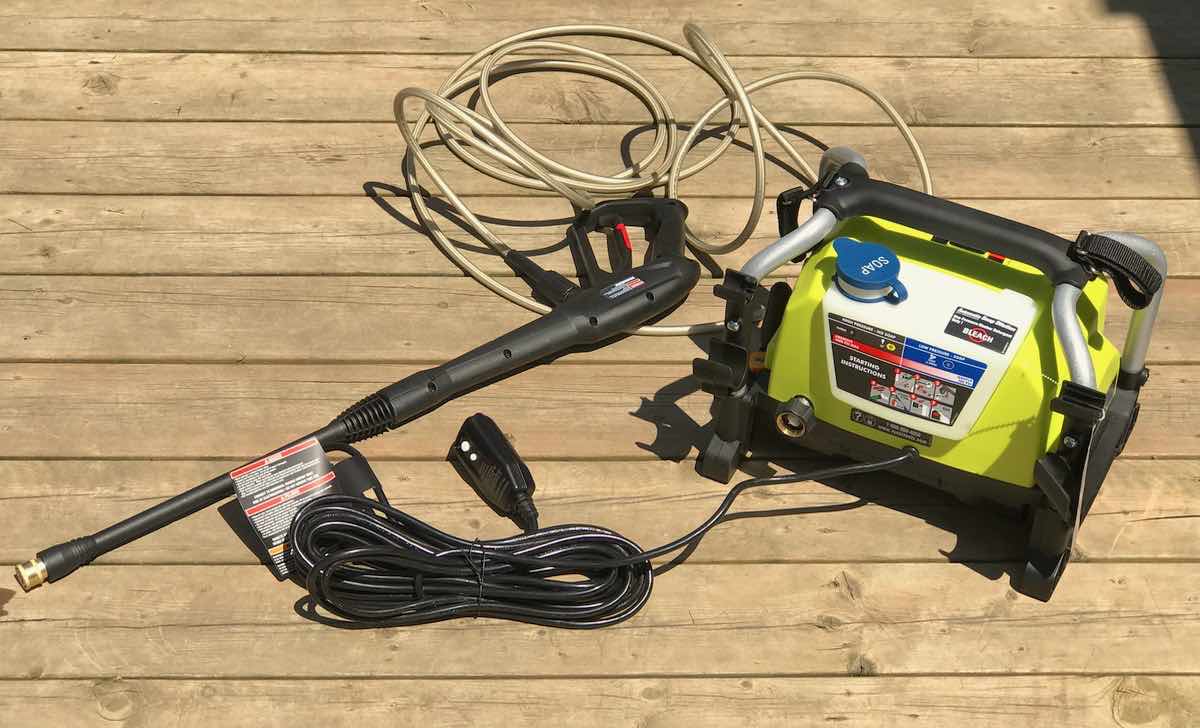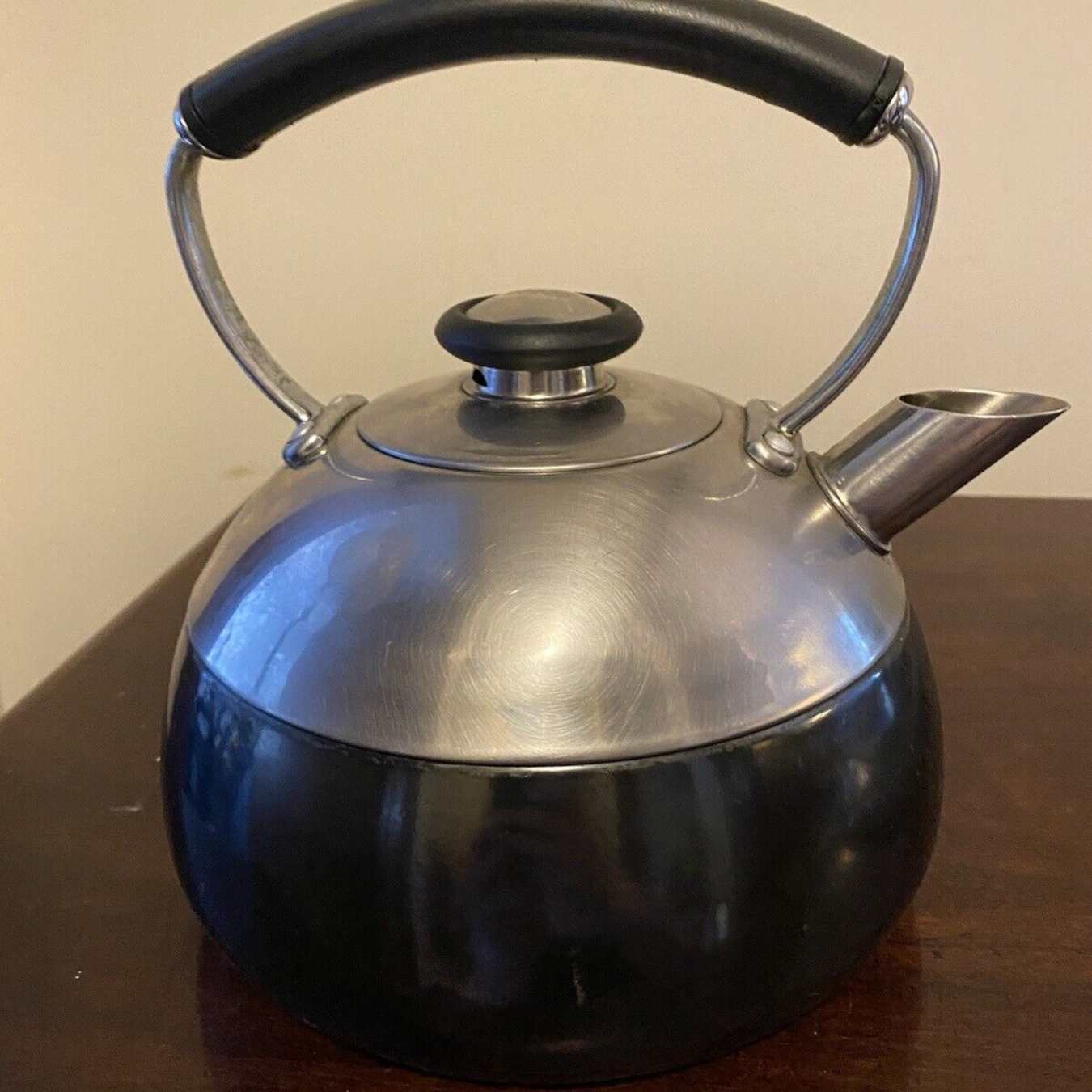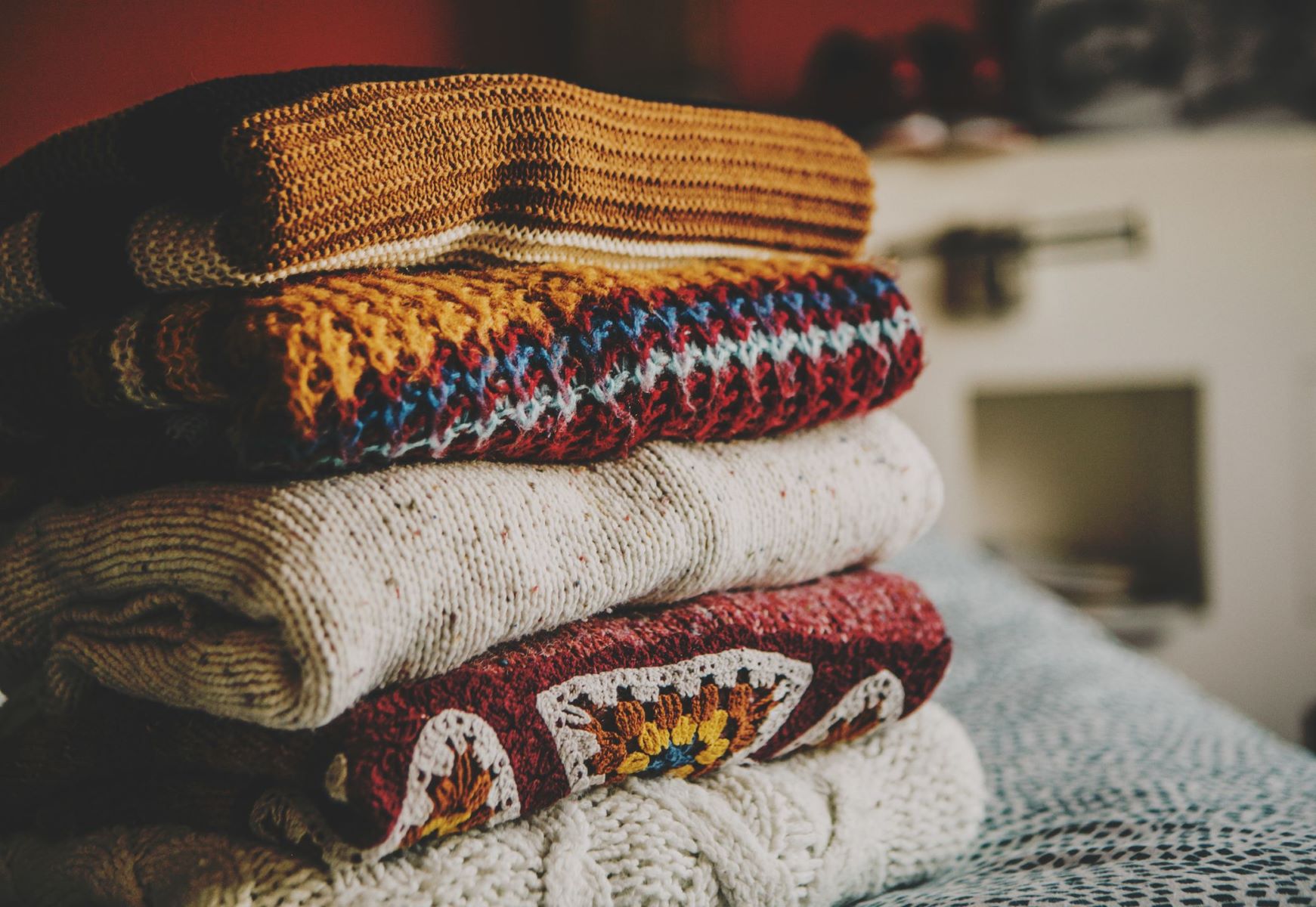

Articles
Why Does My Blanket Have Static
Modified: February 16, 2024
Discover why your blanket has static in this informative article. Learn tips and tricks to eliminate static and keep your blanket cozy.
(Many of the links in this article redirect to a specific reviewed product. Your purchase of these products through affiliate links helps to generate commission for Storables.com, at no extra cost. Learn more)
Introduction
Have you ever experienced that annoying static shock when you touch your blanket? It’s a common occurrence that can leave you wondering why your cozy cover is suddenly generating electricity. In this article, we will delve into the fascinating world of static electricity and explore why your blanket may be prone to static charges.
Static electricity is a natural phenomenon that occurs when an object builds up an imbalance of electrical charges. It is caused by the transfer of electrons between two objects, resulting in a temporary charge imbalance. This charge imbalance can build up in various materials, including blankets, causing them to become static.
While most of us are familiar with the idea of static electricity being generated by rubbing two objects together, such as a balloon against your hair, the underlying physics behind it is quite intriguing. Every object is composed of atoms, which are made up of positively charged protons, negatively charged electrons, and neutral neutrons. When two objects come into contact and then separate, electrons can be transferred from one object to the other. If an object gains electrons, it becomes negatively charged, and if it loses electrons, it becomes positively charged. This charge imbalance between objects leads to static electricity.
Now that we have a basic understanding of the physics behind static electricity, let’s explore why blankets are particularly prone to generating static charges. One of the main factors contributing to static electricity in blankets is the materials and fabrication techniques used in their production.
Blankets are commonly made from materials such as wool, polyester, or fleece, which can be highly susceptible to static charges. These materials have different properties when it comes to conducting or insulating electricity. For example, wool is a natural insulator, while polyester and fleece are synthetic materials that can build up static electricity more easily. The friction between the fibers of these materials during movement can lead to the transfer of electrons, resulting in static charges.
Another crucial factor that affects static buildup in blankets is the environmental conditions in which they are used. Dry air, especially during the winter months when indoor heating systems are in full swing, can significantly contribute to the occurrence of static electricity. When the humidity level is low, the air lacks moisture, making it easier for static charges to build up and cling to your blanket. The lack of moisture also exacerbates the separation of electrons during contact and friction, leading to a heightened chance of static shock.
Static electricity can be an annoying and sometimes uncomfortable experience when it comes to your favorite blanket. However, there are several measures you can take to minimize static buildup in your blankets, which we will explore in the following sections of this article. By understanding the causes and implementing prevention strategies, you can enjoy the warmth and comfort of your blanket without the pesky shocks.
Key Takeaways:
- Embrace natural fibers: Opt for blankets made from wool or cotton to minimize static electricity. These materials have better conductivity and offer a more comfortable and static-free experience.
- Combat dry air: Increase humidity, use fabric softeners, and avoid rough handling to reduce static buildup in blankets. Create a cozy and static-free environment for your favorite blankets.
Read more: Why Does My Alexa Sound Static
The Physics of Static Electricity
Static electricity is a fascinating phenomenon that occurs when objects build up an imbalance of electrical charges. Understanding the physics behind static electricity can help us comprehend why blankets, among other objects, can generate static charges.
As mentioned earlier, static electricity is caused by the transfer of electrons between objects, resulting in a temporary charge imbalance. This transfer occurs through a process called triboelectric effect or frictional electrification. When two objects come into contact and then separate, the friction between them can cause the transfer of electrons.
Every atom consists of positively charged protons, negatively charged electrons, and neutral neutrons. When two objects rub together, the outer electrons of one object can be transferred to the other object. This exchange of electrons leads to one object becoming positively charged, as it now has more protons than electrons, and the other object becoming negatively charged, as it has gained extra electrons.
The charge imbalance between the two objects is what causes static electricity. Like charges repel each other, so when two objects have the same charge (either positive or negative), they will push each other away. This repulsion creates the sensation of static shock and makes objects stick or cling to each other.
It is important to note that not all materials are created equal when it comes to generating static charges. Materials can be classified as conductors, insulators, or semiconductors, based on their ability to conduct electricity. Conductors, like metals, have loosely bound electrons that can freely move through the material, allowing the charge to flow. Insulators, on the other hand, have tightly bound electrons that do not move easily, obstructing the flow of charge. Semiconductors have properties somewhere in between conductors and insulators.
When it comes to generating static electricity, insulators are the materials of interest. Insulating materials, such as synthetic fabrics used in blankets, have tightly bound electrons, making it easier for them to gain or lose electrons during friction.
Furthermore, humidity plays a significant role in the formation of static charges. Moisture in the air helps to dissipate or neutralize static electricity. When the air is dry, as is the case in many winter environments with indoor heating, there is less moisture available to minimize the buildup of static charges. As a result, blankets in these conditions are more prone to generating static electricity.
Understanding the physics behind static electricity in blankets allows us to take proactive measures to minimize static buildup. By being aware of the materials used in our blankets and the environmental conditions in which they are used, we can find ways to reduce static electricity and enjoy the warmth and comfort of our blankets without the unpleasant surprises.
Causes of Static Electricity in Blankets
Blankets are wonderful companions that provide warmth and comfort in chilly weather. However, they can sometimes be plagued by the annoying presence of static electricity. Let’s explore the various causes of static electricity in blankets and understand why they can generate those pesky shocks.
One of the primary factors contributing to static buildup in blankets is the type of materials used in their production. Materials like polyester, fleece, and synthetic fabrics have a tendency to create static electricity more easily than natural materials like wool or cotton. This is due to the inherent properties of these fabrics, which can generate friction when they come into contact with each other or with different surfaces.
The friction between the fibers of synthetic fabrics as they rub against each other or against other objects causes the transfer of electrons. This transfer of electrons leads to a build-up of static charges, resulting in the blanket becoming charged and prone to causing static shocks.
Additionally, the way blankets are manufactured can contribute to static electricity. Certain fabrication techniques, such as weaving or knitting, can create friction between the individual fibers, increasing the likelihood of static charge accumulation. The movement and rubbing of these fibers during use or when the blanket is shaken or folded can exacerbate static electricity generation.
Environmental factors also play a crucial role in the buildup of static charges in blankets. Dry air, especially during the winter months when indoor heating is in high demand, lacks moisture. Low humidity levels make it easier for static charges to accumulate on the surface of the blanket. This is because moisture in the air helps to dissipate or neutralize static electricity, resulting in a lower chance of static buildup. In dry environments, such as heated homes or cold weather, blankets have a higher propensity to hold static charges.
Another factor that contributes to the generation of static electricity in blankets is the presence of certain objects or materials that are known to be good insulators. For example, sleeping on a synthetic mattress or wearing clothing made from synthetic fabrics can create a frictional effect between these insulating materials and the blanket, leading to an increased amount of static charges.
It is important to note that not all blankets will exhibit the same level of static electricity. The susceptibility of a blanket to static buildup depends on the combination of materials, manufacturing techniques, and environmental conditions. Blankets made from natural fibers like wool or cotton, for instance, tend to produce less static electricity compared to those made from synthetic materials.
Despite the causes of static electricity in blankets, there are effective measures you can take to minimize static buildup, which will be discussed in the next section. Understanding the causes can help you identify the factors contributing to static in your blankets and find suitable solutions to mitigate them, ensuring a more comfortable and static-free experience.
Materials and Fabrication Techniques
The choice of materials and fabrication techniques used in the production of blankets can greatly impact their susceptibility to static electricity. Let’s explore how different materials and fabrication methods can contribute to the generation of static charges in blankets.
Materials such as polyester, fleece, and synthetic fabrics are commonly used in blanket production due to their softness, durability, and affordability. However, these materials are known to be prone to static electricity. Synthetic fabrics have tightly bound electrons, making it easier for them to gain or lose electrons during friction. This property increases the chances of static buildup in the fabric. On the other hand, natural materials like wool or cotton tend to have better electrical conductivity and are less likely to generate static charges.
In addition to the choice of materials, the fabrication techniques used in blanket manufacturing can also influence static electricity generation. For instance, weaving or knitting methods that involve interlacing yarns or threads can create friction between the individual fibers. This friction leads to the transfer of electrons and the accumulation of static charges. As a result, blankets made using these techniques are more prone to static electricity.
Another factor to consider is the presence of synthetic fibers blended with natural fibers in the blanket. This blend can affect the overall static properties of the material. Even if natural fibers like wool or cotton have lower tendencies to produce static electricity, the inclusion of synthetic fibers could increase the likelihood of static buildup.
Manufacturers have recognized the problem of static electricity in blankets and have developed various strategies to minimize static charges. They may incorporate anti-static additives during the manufacturing process of synthetic fabrics to reduce static buildup. These additives can help dissipate or neutralize the static charges, making the fabric less prone to generating static electricity.
Furthermore, some blanket manufacturers use alternative manufacturing methods that minimize friction and decrease static electricity. For instance, using brushed fabrics can create a softer surface with reduced friction, resulting in less static generation. Additionally, employing different weaving techniques or integrating conductive fibers into the fabric structure can help to distribute and dissipate static charges more effectively.
It is worth noting that the effectiveness of these measures in reducing static electricity can vary depending on the specific material, fabric composition, and manufacturing processes used. Different combinations of materials and techniques will yield different results. Therefore, it is advisable to look for blankets that mention anti-static properties or employ materials and methods known to minimize static buildup.
By understanding the impact of materials and fabrication techniques on static electricity generation, you can make informed choices when selecting blankets. Opting for blankets made from natural fibers, or those specifically designed to combat static, can help minimize the occurrence of static shocks and provide a more enjoyable and comfortable experience.
To reduce static in your blanket, try adding a dryer sheet when you wash and dry it. The anti-static properties can help minimize static buildup.
Environmental Factors
When it comes to the generation of static electricity in blankets, environmental factors play a significant role. The conditions in which blankets are used can greatly influence the buildup of static charges. Let’s explore the environmental factors that contribute to static electricity and how they impact blankets.
One of the key environmental factors that affect static buildup is the humidity level in the air. Humidity refers to the amount of moisture present in the atmosphere. When the air is dry, with low humidity levels, static electricity is more likely to occur. In contrast, when the air is humid, with higher moisture content, static electricity is less common.
Dry air is often associated with cold weather and winter months when indoor heating systems are in full swing. Heating systems, particularly those that use forced air heating, tend to lower the humidity levels in the environment. As a result, the air becomes drier, facilitating the buildup of static charges. When you combine the low humidity with the friction that occurs when using or handling blankets, it increases the potential for static electricity generation.
Additionally, the choice of bedding and sleepwear materials can influence static buildup. Synthetic materials used in mattresses, pillows, or bed sheets can create friction against the blanket fabric. This friction contributes to the transfer of electrons and subsequent static charges. Therefore, using synthetic bedding materials in combination with certain types of blankets can increase the likelihood of static shocks.
It is important to note that temperature can also have an indirect impact on static electricity generation. Cold temperatures tend to reduce the amount of moisture in the air, resulting in lower humidity levels and dryer conditions. As a result, static charges are more likely to accumulate in blankets during colder weather.
To minimize static electricity caused by environmental factors, there are a few measures you can take. Investing in a humidifier can help increase the humidity levels in your home, especially during the dry winter months. By maintaining proper humidity levels, you can reduce the occurrence of static charges in your blankets and other fabrics.
Another way to combat static electricity is to incorporate moisture directly into the environment. Spraying a fine mist of water in the air or lightly dampening the surface of your blankets can introduce moisture and reduce static charges. However, it is important to use caution and not saturate the fabric excessively, as this can create other issues such as mold or damage to certain materials.
Regularly washing your blankets can also help reduce static buildup. Washing can remove any built-up dust or debris on the fabric, which can contribute to static electricity. Additionally, using fabric softeners or dryer sheets in the laundry cycle can help reduce static charges by coating the fabric with a thin layer that inhibits static buildup.
By being aware of the environmental factors that contribute to static electricity in blankets, you can take proactive steps to minimize its impact. By adjusting humidity levels, using moisture-inducing techniques, and following proper fabric maintenance practices, you can create a more static-free and comfortable environment for your blankets.
Read more: Why Does My Blanket Smell?
Minimizing Static Electricity in Blankets
Static electricity in blankets can be a nuisance, but there are several effective measures you can take to minimize static buildup and enjoy a more comfortable experience. Let’s explore some practical tips to reduce static electricity in your blankets.
1. Increase Humidity: One of the most effective ways to reduce static electricity is by increasing the humidity level in your home. This can be achieved by using a humidifier or placing bowls of water near heating vents. By adding moisture to the air, you can prevent the air from becoming too dry and minimize static charges in your blankets.
2. Moisturize the Fabric: Lightly misting or dampening your blankets with water can introduce moisture into the fabric, reducing the likelihood of static buildup. Be sure to avoid saturating the fabric, as excessive moisture can lead to other issues such as mold or damage to certain materials.
3. Use Fabric Softeners or Dryer Sheets: Adding fabric softeners or using dryer sheets during the laundry cycle can help reduce static electricity in blankets. These products contain ingredients that coat the fabric with a thin layer, minimizing friction and static buildup.
4. Opt for Natural Fibers: Consider choosing blankets made from natural fibers such as wool or cotton. These materials have better electrical conductivity and are less prone to static charges compared to synthetic fabrics. Natural fibers also tend to have the added benefit of breathability and temperature regulation.
5. Anti-static Sprays: There are anti-static sprays available on the market that can be used to treat blankets and minimize static electricity. These sprays work by neutralizing the static charges and making the fabric less prone to generating static shocks. Follow the instructions provided by the manufacturer when using these products.
6. Grounding Techniques: Grounding techniques can be useful in controlling static electricity. For example, you can place a metal object, such as a safety pin or a wire, in contact with the blanket and attach it to a grounded object, such as a metal pipe or a grounding plug. This can help dissipate any built-up static charges.
7. Avoid Rough Handling: Rough handling of blankets, such as vigorously shaking or folding them, can contribute to static electricity generation. Try to handle your blankets with gentle movements to minimize friction and static buildup.
8. Regular Washing: Regularly washing your blankets can help remove any built-up dust or debris on the fabric, reducing static electricity. Follow the care instructions on the blanket’s label and use appropriate detergent and fabric softeners.
By implementing these measures, you can significantly reduce static electricity in your blankets and enjoy a more pleasant and static-free experience. Experiment with different methods to find the combination that works best for your specific blankets and environmental conditions.
Conclusion
Static electricity in blankets can be a frustrating and unexpected annoyance. However, by understanding the causes and implementing preventive measures, you can minimize static buildup and enjoy a more comfortable experience with your favorite blankets.
We explored the physics behind static electricity, learning how the transfer of electrons between objects leads to charge imbalances and static charges. Blankets, especially those made from materials like polyester or fleece, are particularly susceptible to static buildup due to friction between fibers. Environmental factors, such as low humidity levels and dry air, also contribute to the occurrence of static electricity.
Materials and fabrication techniques play a crucial role in the generation of static charges. Synthetic fabrics tend to generate static electricity more easily, while natural fibers like wool or cotton have better electrical conductivity. Manufacturers have developed innovative techniques, including the use of anti-static additives or alternative fabric treatments, to minimize static electricity in blankets.
Environmental factors, such as humidity levels and temperature, can exacerbate the occurrence of static electricity. Dry air and low humidity levels can facilitate the accumulation of static charges in blankets. By increasing humidity, using moisture-inducing techniques, and choosing natural fibers, you can reduce the likelihood of static buildup.
To minimize static electricity in blankets, practical tips include increasing humidity, moisturizing the fabric, using fabric softeners or dryer sheets, opting for natural fibers, using anti-static sprays, grounding techniques, avoiding rough handling, and regularly washing the blankets. By implementing these measures, you can significantly reduce the occurrence of static charges and enjoy a more pleasant and static-free blanket experience.
Remember that not all blankets will exhibit the same level of static electricity, as it depends on various factors such as materials, fabrication techniques, and environmental conditions. By being aware of these factors and taking proactive steps, you can minimize static buildup and fully enjoy the warmth and comfort of your blankets.
So the next time you snuggle up in your cozy blanket, you can do so without the fear of being zapped by static electricity. With a little knowledge and preventive measures, you can create a more comfortable and static-free environment for your blankets, enhancing your overall experience of relaxation and warmth.
Frequently Asked Questions about Why Does My Blanket Have Static
Was this page helpful?
At Storables.com, we guarantee accurate and reliable information. Our content, validated by Expert Board Contributors, is crafted following stringent Editorial Policies. We're committed to providing you with well-researched, expert-backed insights for all your informational needs.
